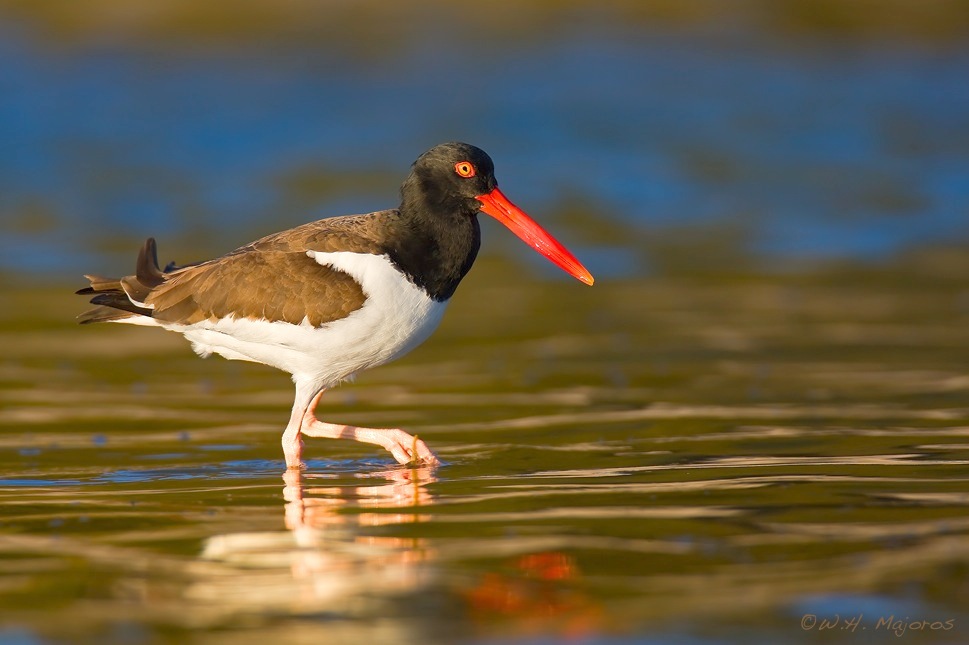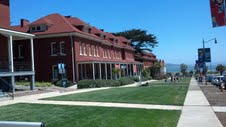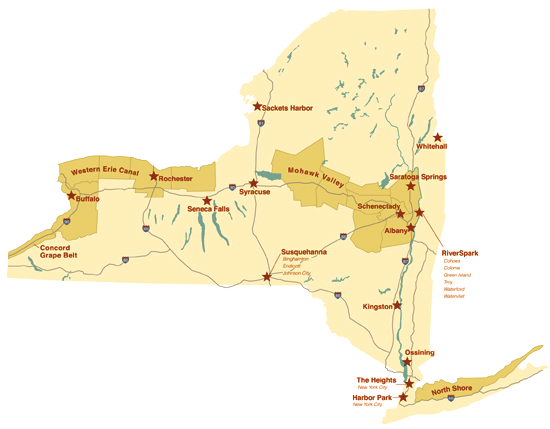To provide observations and information on the emerging fields of landscape scale conservation, heritage preservation, and sustainable community development.
Newsletter
Stay up-to-date with the latest nature, culture and community news.
We won’t spam you or share your information. Newsletters are sent approximately 10 times a year. Unsubscribe at any time.

Observing the War on Poverty on the Landscape
Fifty years ago, President Lyndon B. Johnson declared a “War on Poverty.” How did the many programs associated with this effort shape the material, social and political landscapes of the United States? What can a National Park, home to the nation’s first Job Corps site in 1965, reveal about the legacies, both individual and collective, of the War on Poverty? Guest observer Angela Sirna offers her observations on these complex questions.

The Atlantic Coast Flyway: A Highway for Shorebird Migration
Each year shorebirds use habitats across a vast geography, undertaking some of the longest migrations of any animals on earth. Atlantic Flyway shorebirds are exposed to a diverse set of human-induced threats like habitat loss and change, hunting in the Caribbean, and predators. Effective shorebird conservation thus requires a wide-ranging approach to identify and reduce these threats at sites all along the flyway. Only with such a flyway-scale approach can we reverse the serious declines we are witnessing in many of our shorebird populations.
NHA@30: Key Documents 1983 New York Greenline and Urbanline Parks Conference
Interested in the roots of National Heritage Areas? Check out these proceedings from a 1983 conference on greenline and urbanline parks.

Letter from Woodstock: The Presidio Matters
In this piece Guest Observer Rolf Diamant examines the Presidio of San Francisco. The 1,500-acre former military post is national parkland managed jointly by the federally chartered Presidio Trust and NPS, nested within the much larger Golden Gate National Recreation Area.

NHA@30: The Story of Heritage Areas in New York State
In the late 1970’s, New York State began to experiment with urban cultural parks, an idea that would eventually evolve into a system of 20 designated heritage areas. In the past three decades, support for the program has waxed and waned, with recent years marking an especially low point in state support.

Observing the War on Poverty on the Landscape
Fifty years ago, President Lyndon B. Johnson declared a “War on Poverty.” How did the many programs associated with this effort shape the material, social and political landscapes of the United States? What can a National Park, home to the nation’s first Job Corps site in 1965, reveal about the legacies, both individual and collective, of the War on Poverty? Guest observer Angela Sirna offers her observations on these complex questions.

The Atlantic Coast Flyway: A Highway for Shorebird Migration
Each year shorebirds use habitats across a vast geography, undertaking some of the longest migrations of any animals on earth. Atlantic Flyway shorebirds are exposed to a diverse set of human-induced threats like habitat loss and change, hunting in the Caribbean, and predators. Effective shorebird conservation thus requires a wide-ranging approach to identify and reduce these threats at sites all along the flyway. Only with such a flyway-scale approach can we reverse the serious declines we are witnessing in many of our shorebird populations.
NHA@30: Key Documents 1983 New York Greenline and Urbanline Parks Conference
Interested in the roots of National Heritage Areas? Check out these proceedings from a 1983 conference on greenline and urbanline parks.

Letter from Woodstock: The Presidio Matters
In this piece Guest Observer Rolf Diamant examines the Presidio of San Francisco. The 1,500-acre former military post is national parkland managed jointly by the federally chartered Presidio Trust and NPS, nested within the much larger Golden Gate National Recreation Area.

NHA@30: The Story of Heritage Areas in New York State
In the late 1970’s, New York State began to experiment with urban cultural parks, an idea that would eventually evolve into a system of 20 designated heritage areas. In the past three decades, support for the program has waxed and waned, with recent years marking an especially low point in state support.


